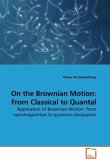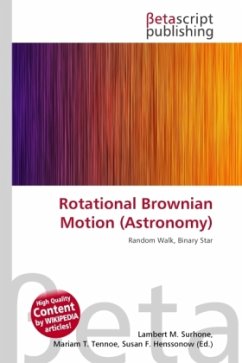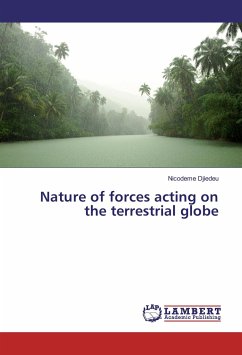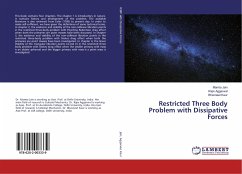While most applications and fundamental studies of optical trapping have focused on optical forces resulting from intensity gradients, here we explore the role of radiation pressure directed by phase gradients in beams of light. Radiation pressure turns out to be a non-conservative force and drives trapped objects out of detailed balance. Rather than undergoing equilibrium thermal fluctuations, as has been assumed for decades, a microsphere in an optical tweezer enters into a stochastic steady-state characterized by closed loops in its probability current. This surprising effect is a particular manifestation of a more general class of noise-driven machines that we call Brownian vortexes. This previously unrecognized class of stochastic heat engines operates on qualitatively different principles from such extensively studied nonequilibrium systems as thermal ratchets and Brownian motors. Among its interesting properties, a Brownian vortex can reverse its direction with changes in temperature or equivalent control parameters.
Bitte wählen Sie Ihr Anliegen aus.
Rechnungen
Retourenschein anfordern
Bestellstatus
Storno








